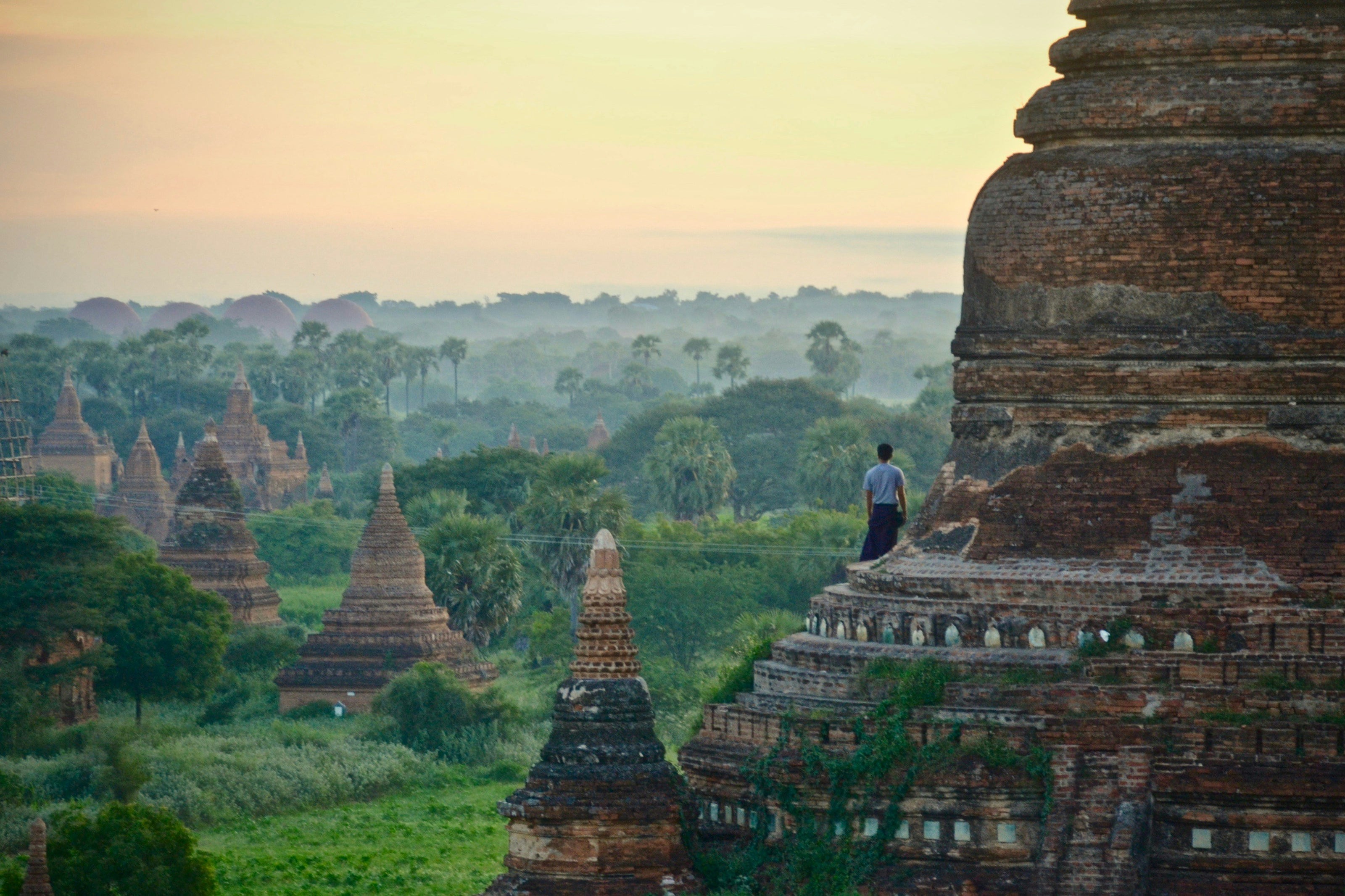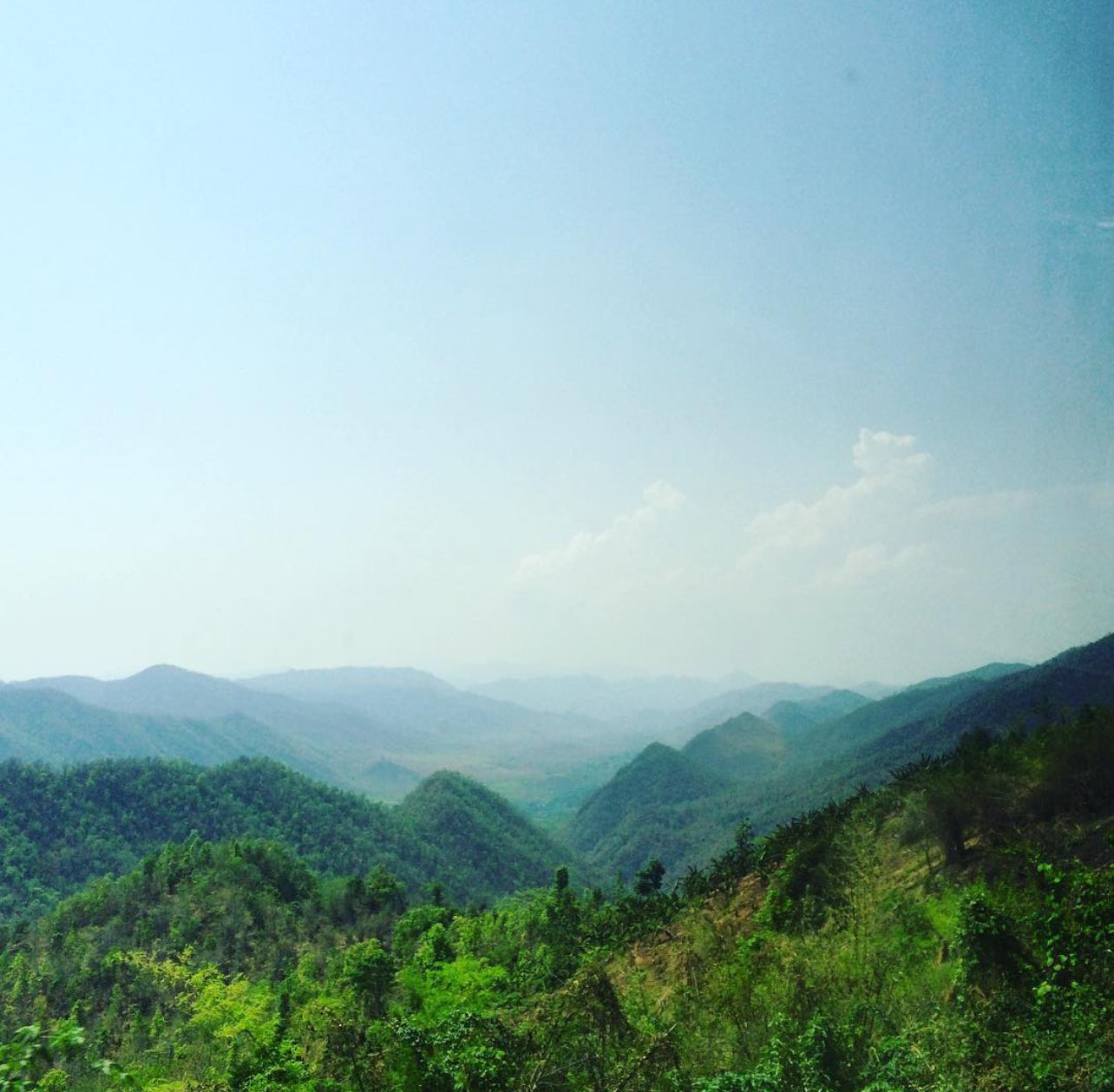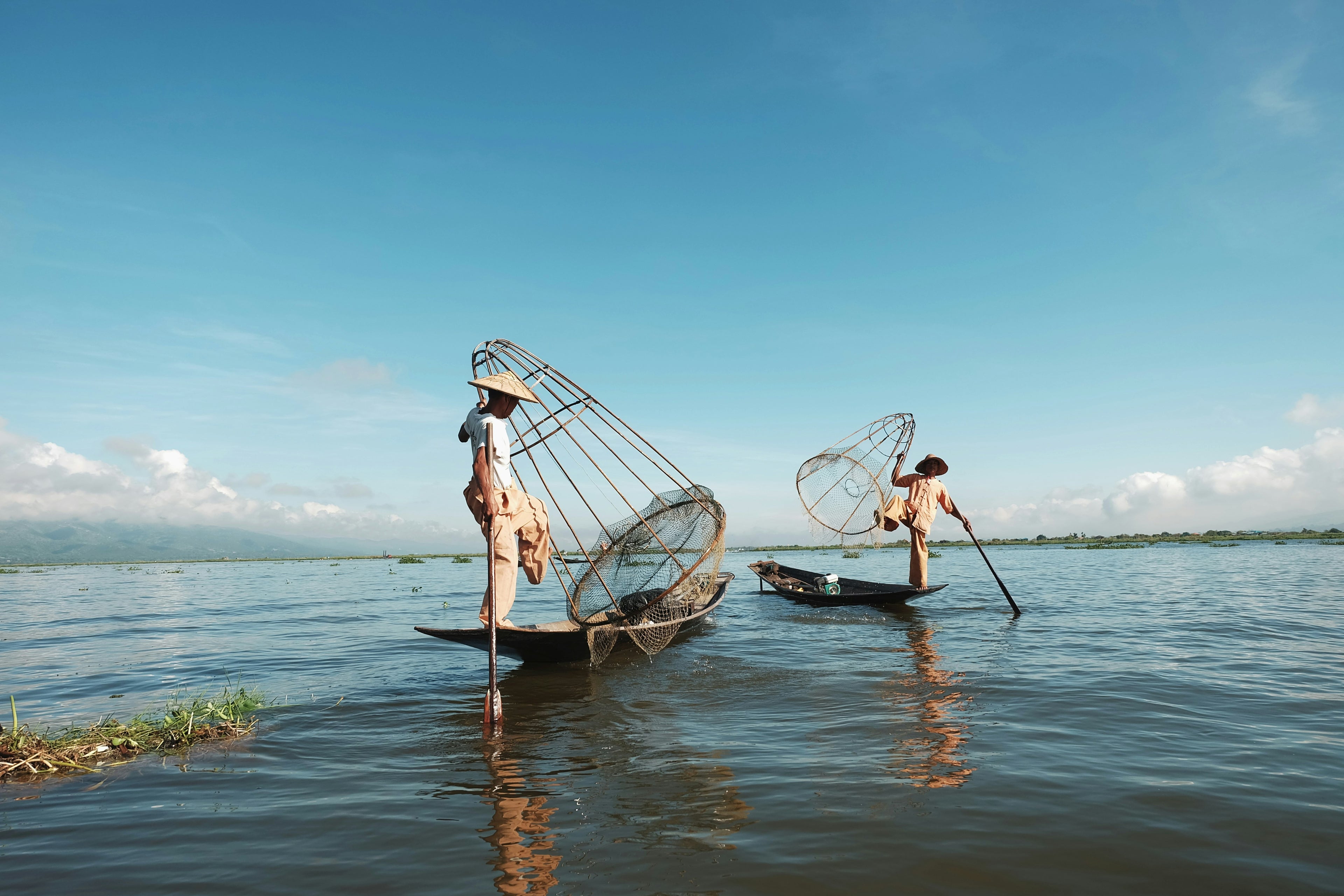
Threads Over Waters
Visiting Myanmar's Weavers on Stilts
The boat skimmed gently across Inle Lake, the electric motor humming against the backdrop of distant hills. In the distance fishermen balancing on one leg as they cast their nets. Soon to arrive at a cluster of houses rising elegantly from the water on stilts. In one of these wooden homes perched above the lake I stepped into a world woven with centuries of tradition.
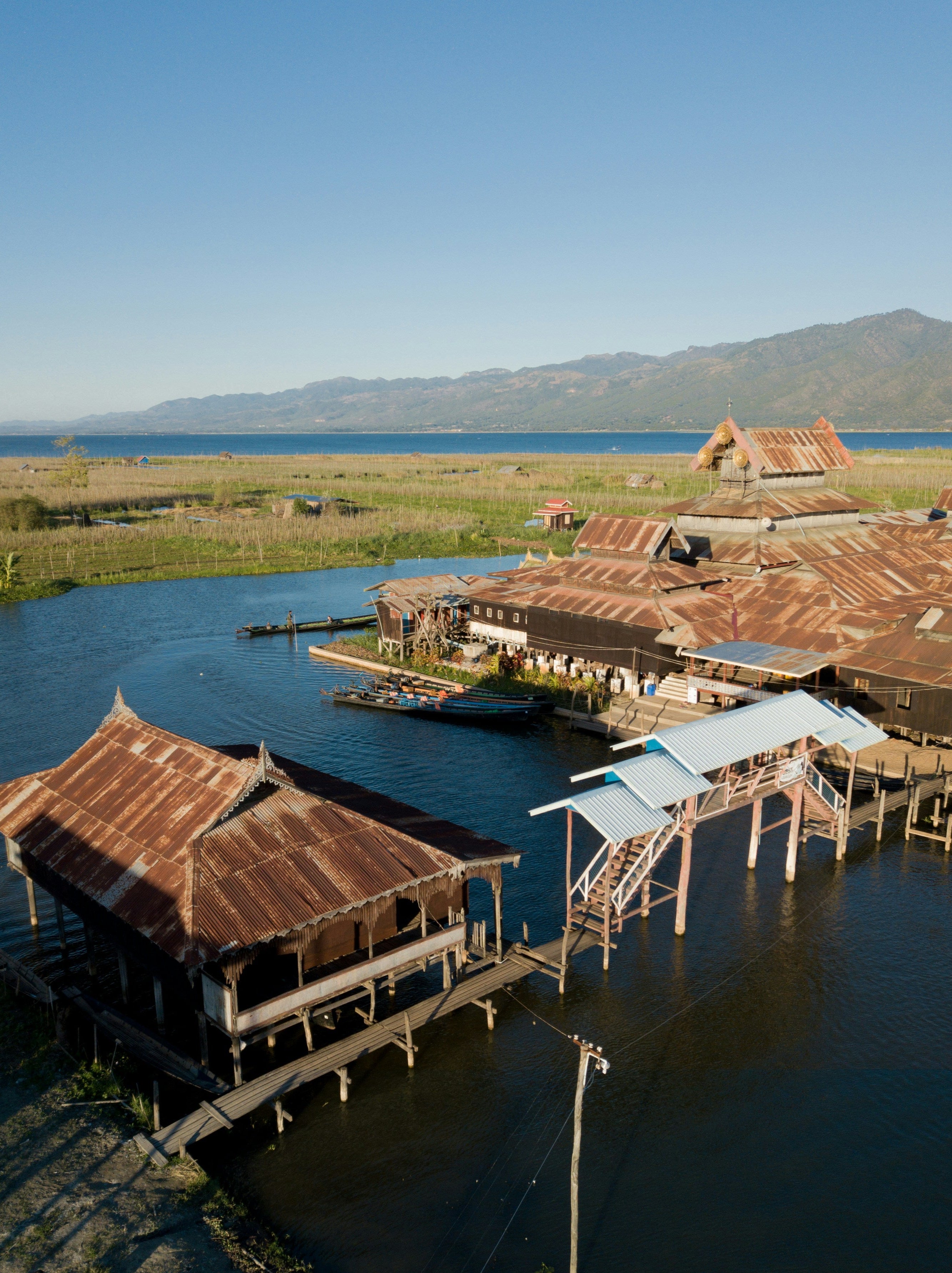
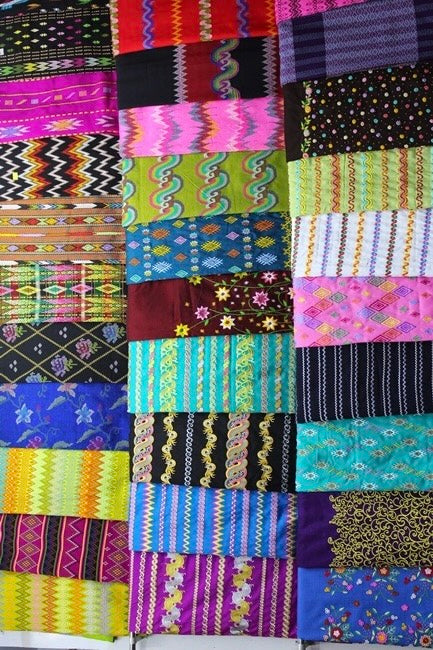
Inside, the air was soft with the smell of raw fiber and dye. Wooden looms clacked rhythmically as women’s hands moved with grace that can only come from years of practice. They were weaving longyis, scarves and intricate cloths, each piece telling a story far older than the house we stood in.
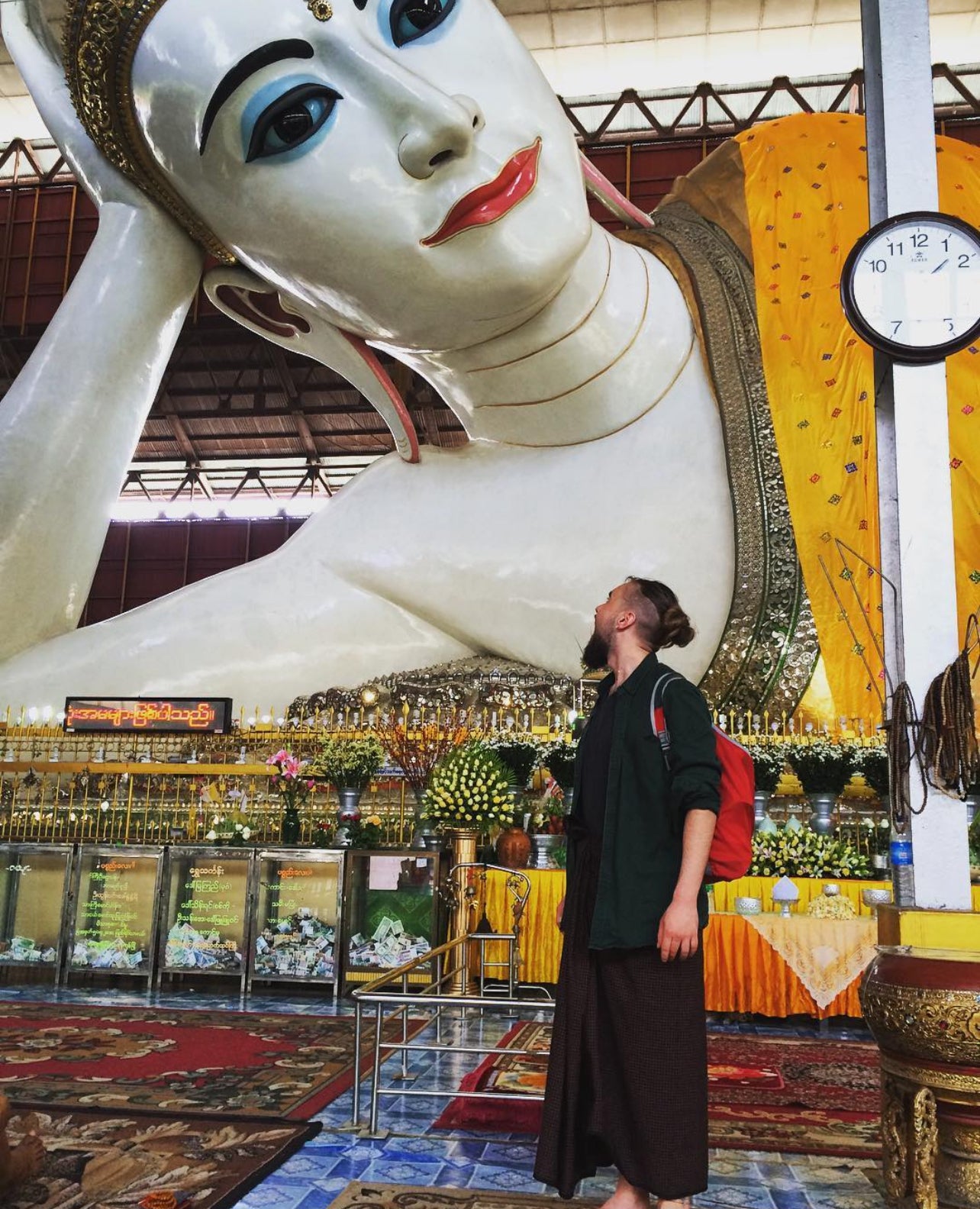
Heritage Woven in Every Thread,
Myanmar’s textile industry has deep roots, stretching back over a thousand years. Historically, weaving was more than a craft—it was a cultural language. Each region developed its own patterns and techniques, often influenced by ethnic traditions and local resources. The Shan, Intha, Chin, and Karen peoples (among many others) are known for distinctive motifs that reflect their landscapes, myths and daily lives.
The longyi, the traditional wrap skirt worn by both men and women, often carries patterns that signify where someone is from or even their social status. Certain designs and color palettes have ceremonial significance, worn during weddings, festivals or Buddhist rites.
On Inle Lake in particular, weaving evolved in harmony with the unique environment. Local artisans famously weave not only cotton and silk but also fibers drawn from the lotus plant—delicate strands teased from lotus stems, twisted together then woven into rare, almost spiritual cloth once reserved for monks and royalty.
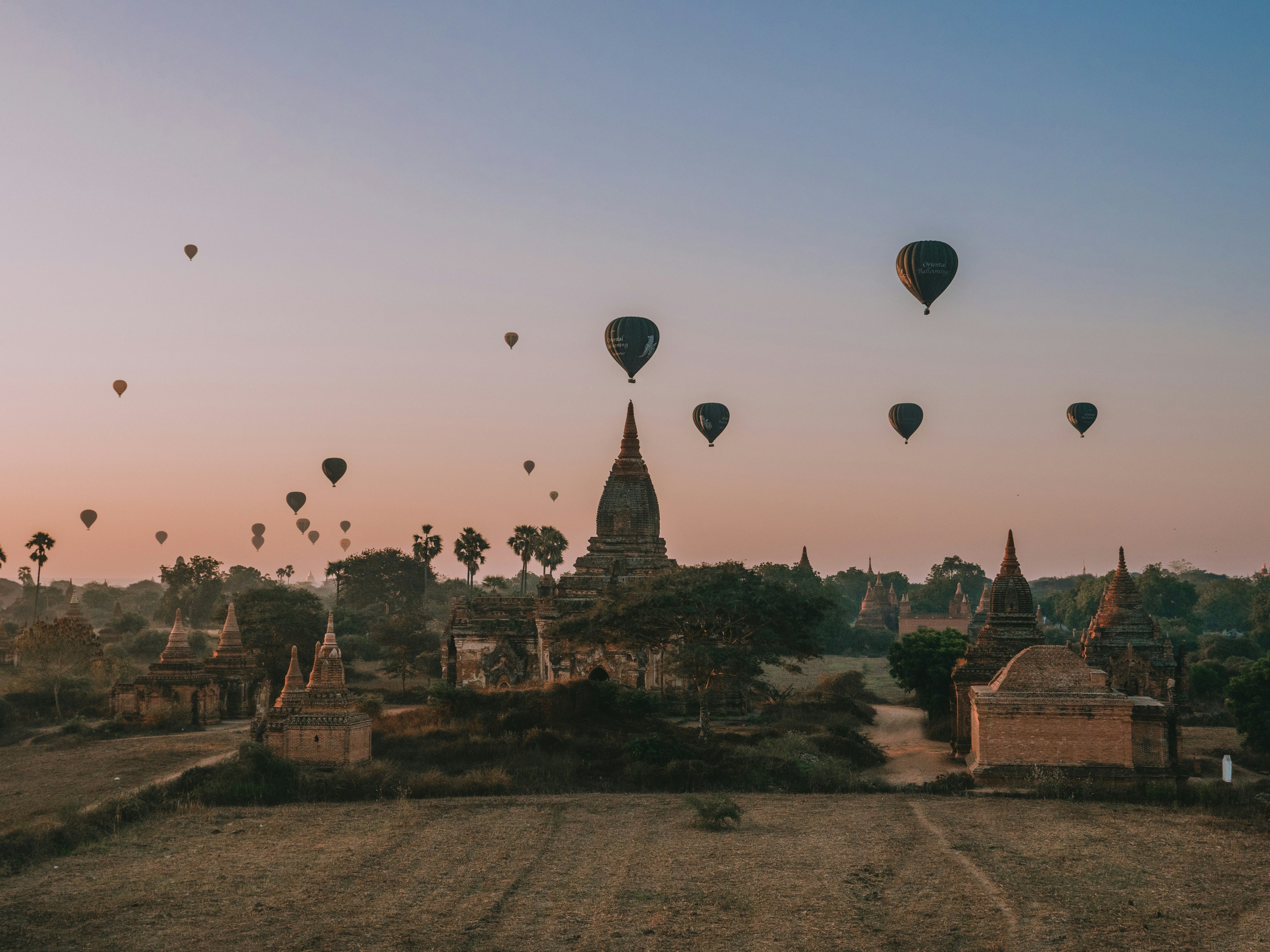
Patterns can carry symbolic meaning: repeating diamond shapes to ward off evil spirits or floral motifs that honor the natural world. The textiles themselves have often been passed down through families, creating a living archive of heritage and belief. In many communities a woman’s skill at weaving was once considered a measure of her readiness for marriage, her work literally weaving her family’s future.
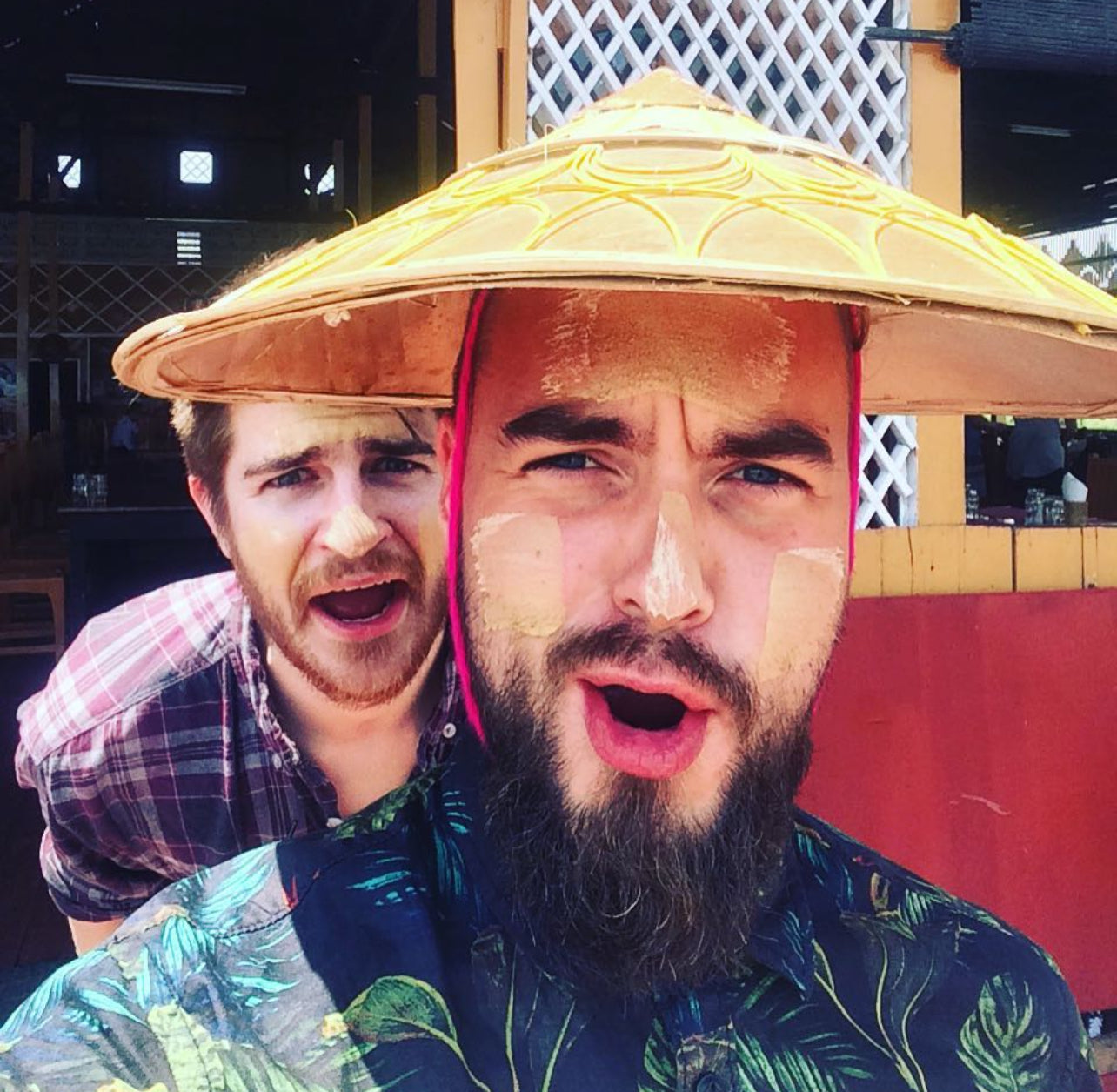
Leaving the stilt houses, I stepped back onto the boat with a logyi tucked under my arm, woven of lotus fiber and silk, pale and soft to touch. A piece of Myanmar’s story, a tapestry of place, memory and tradition to carry back home with me.
Read More Story Telling Textiles
-
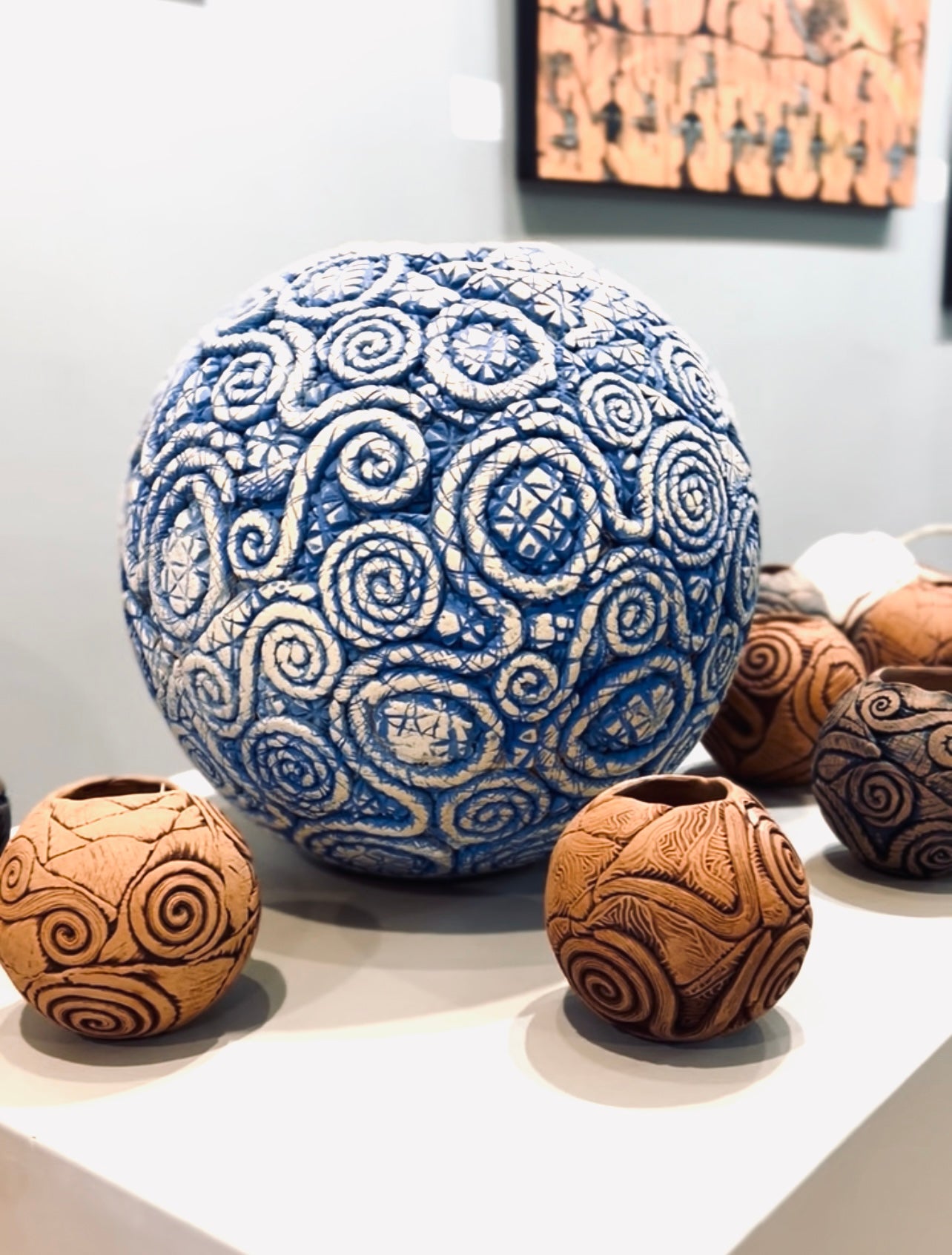
Indigenous Australian Craft
-
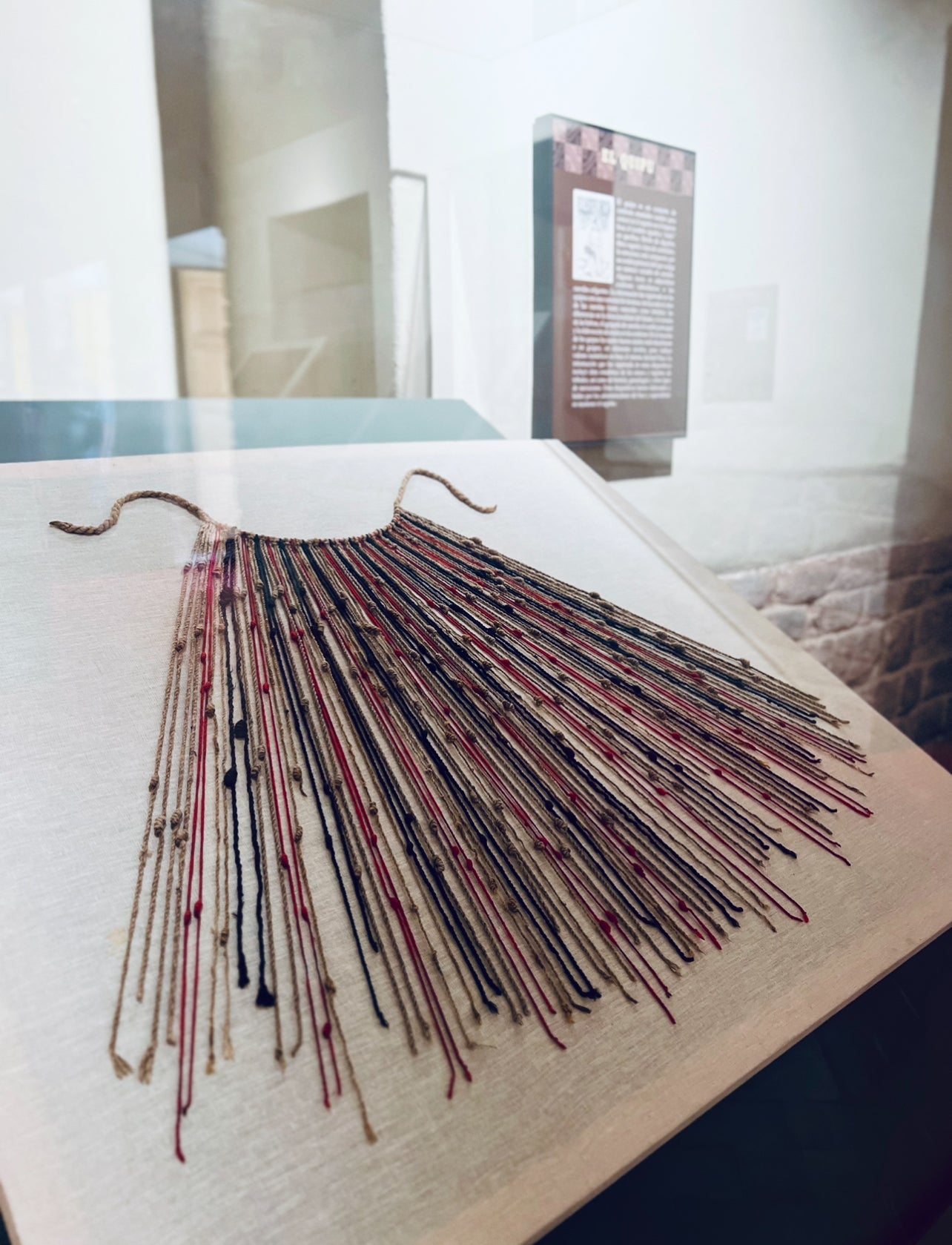
Peruvian Quipo
-
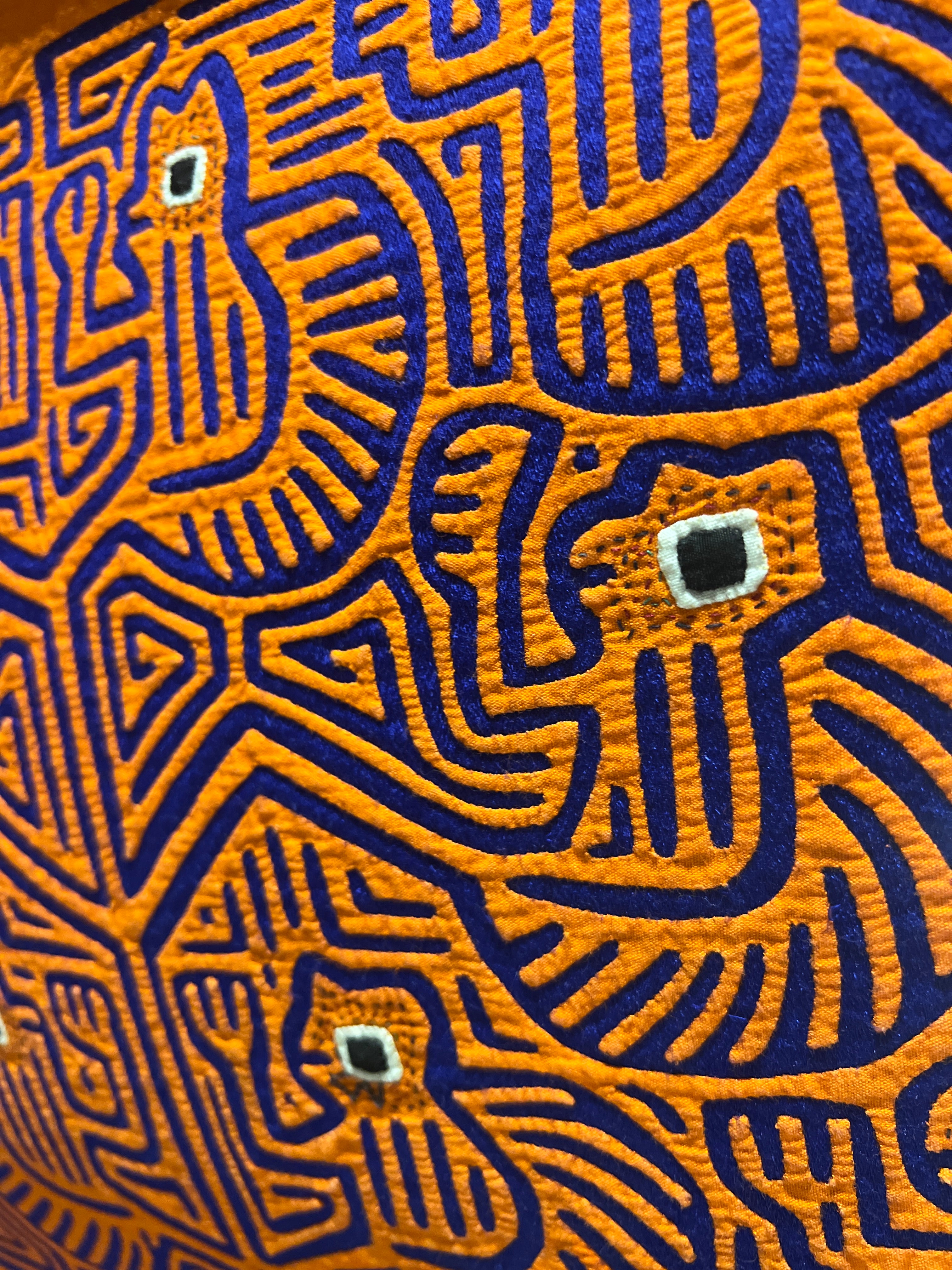
Panama Mola - Applique Techniques

